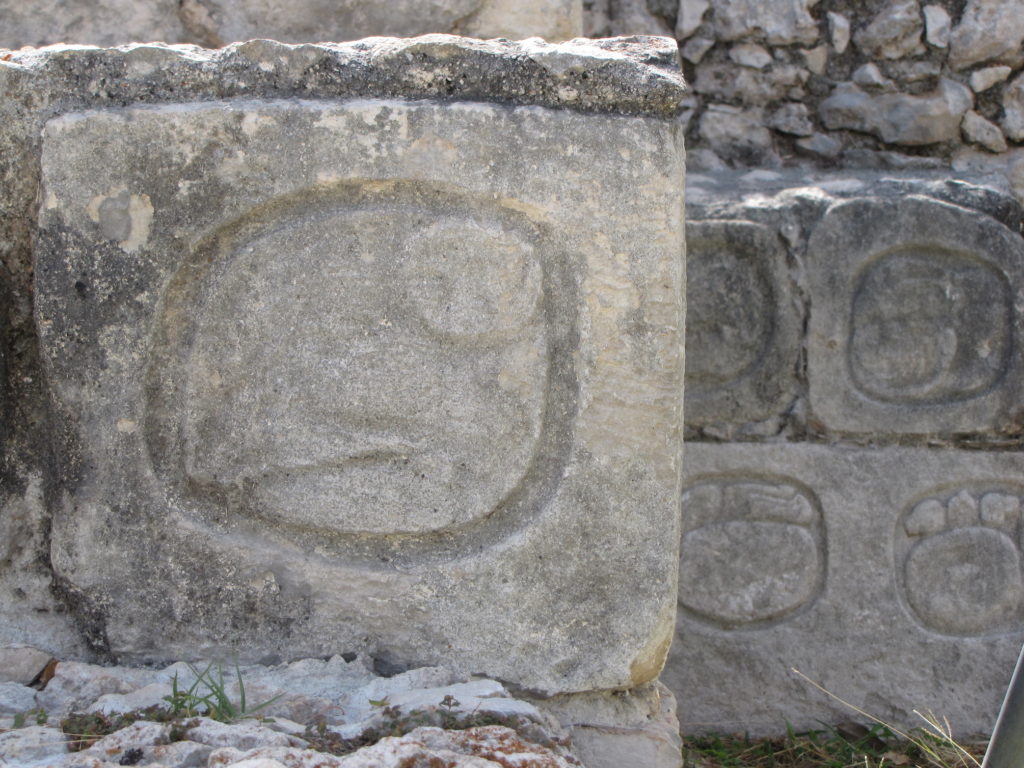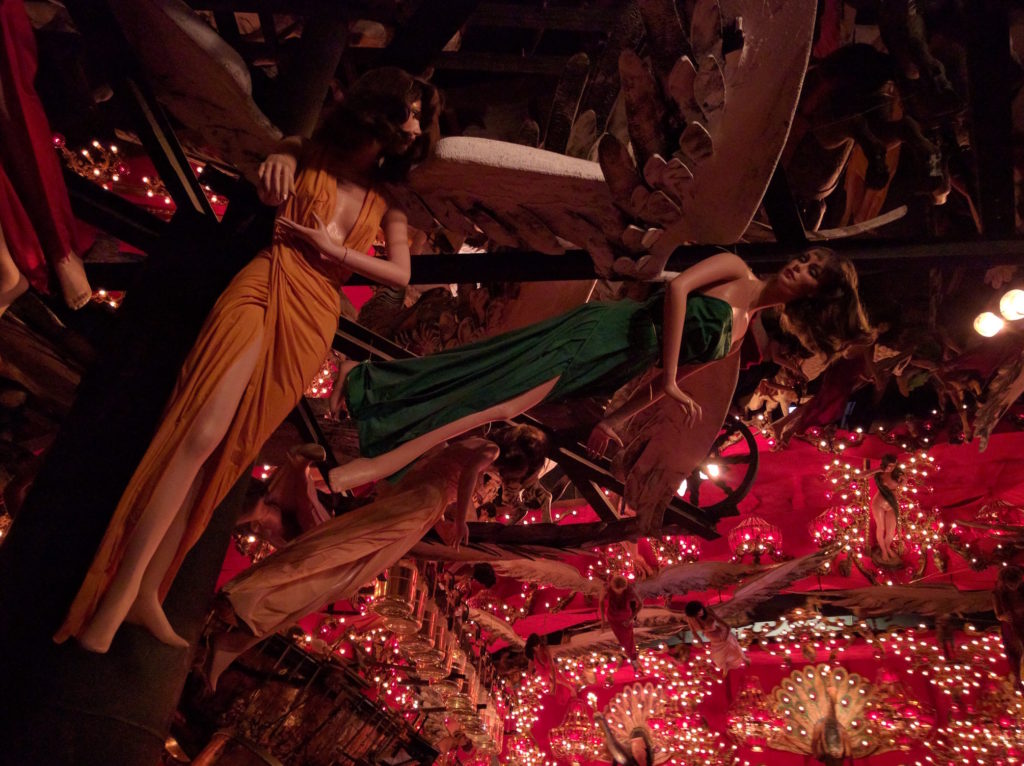


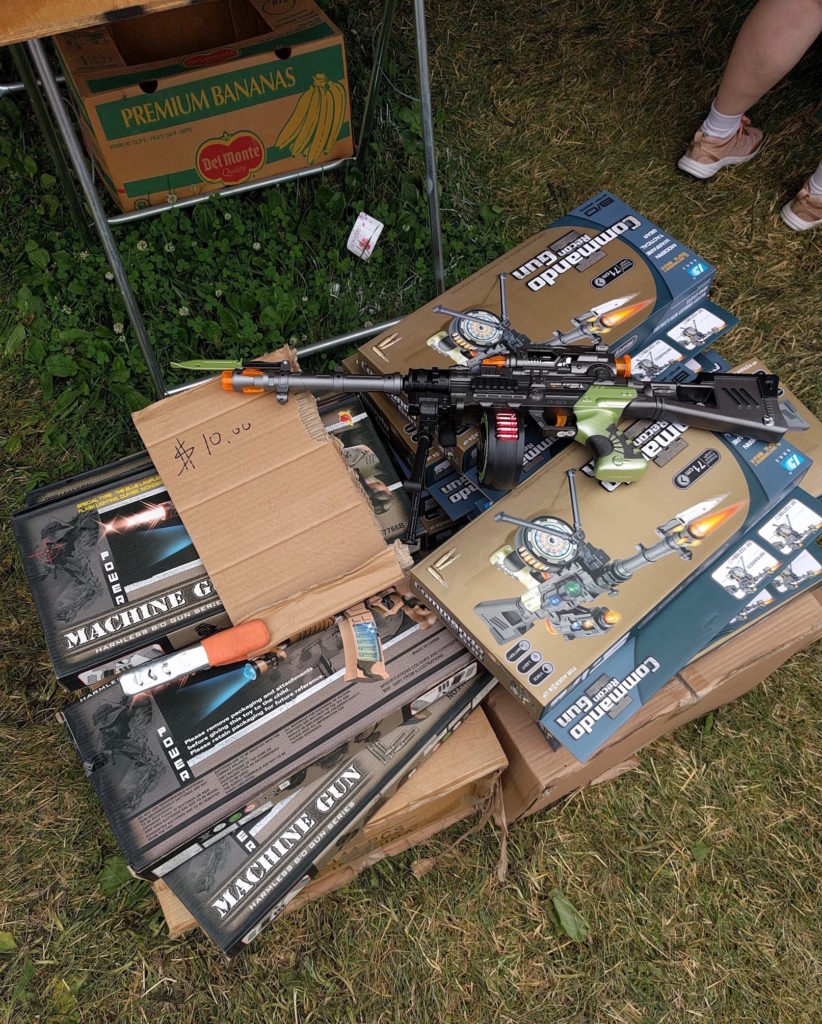

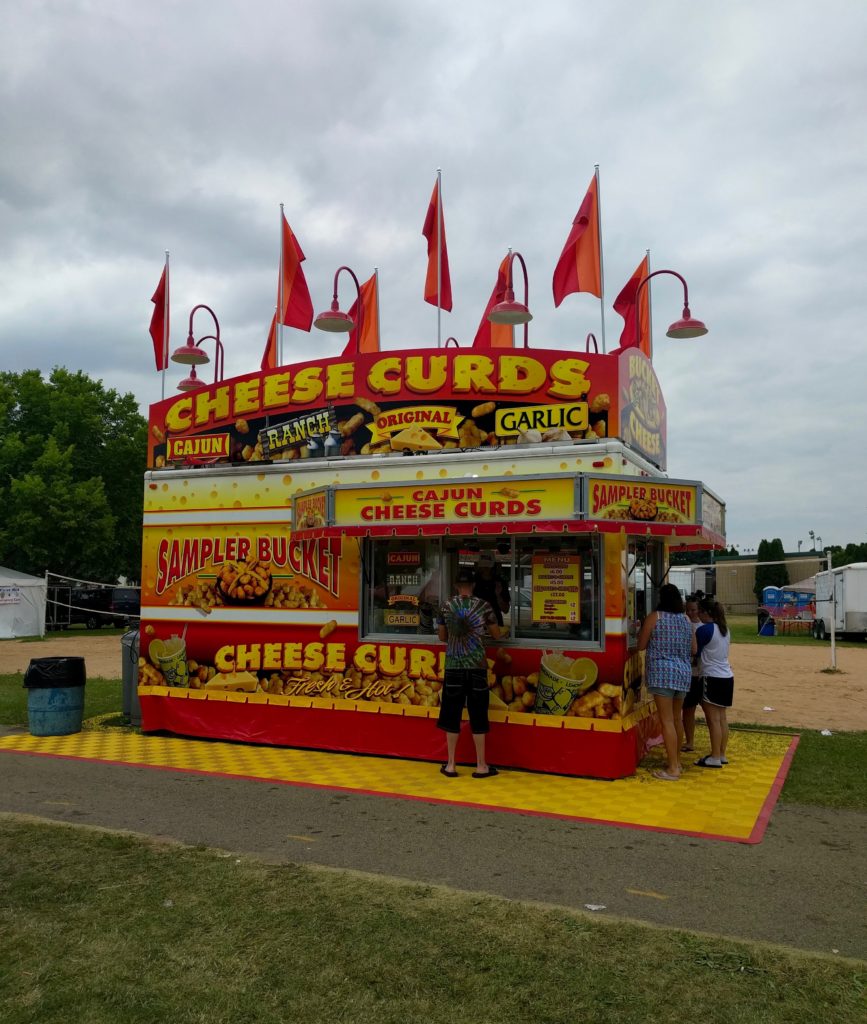



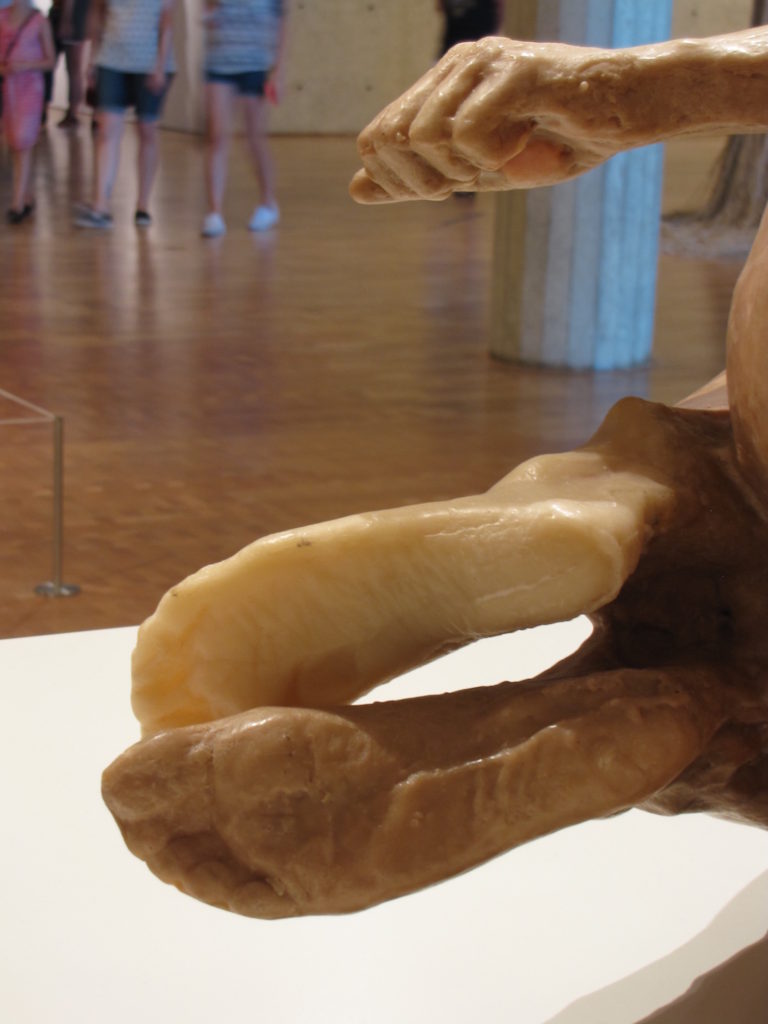
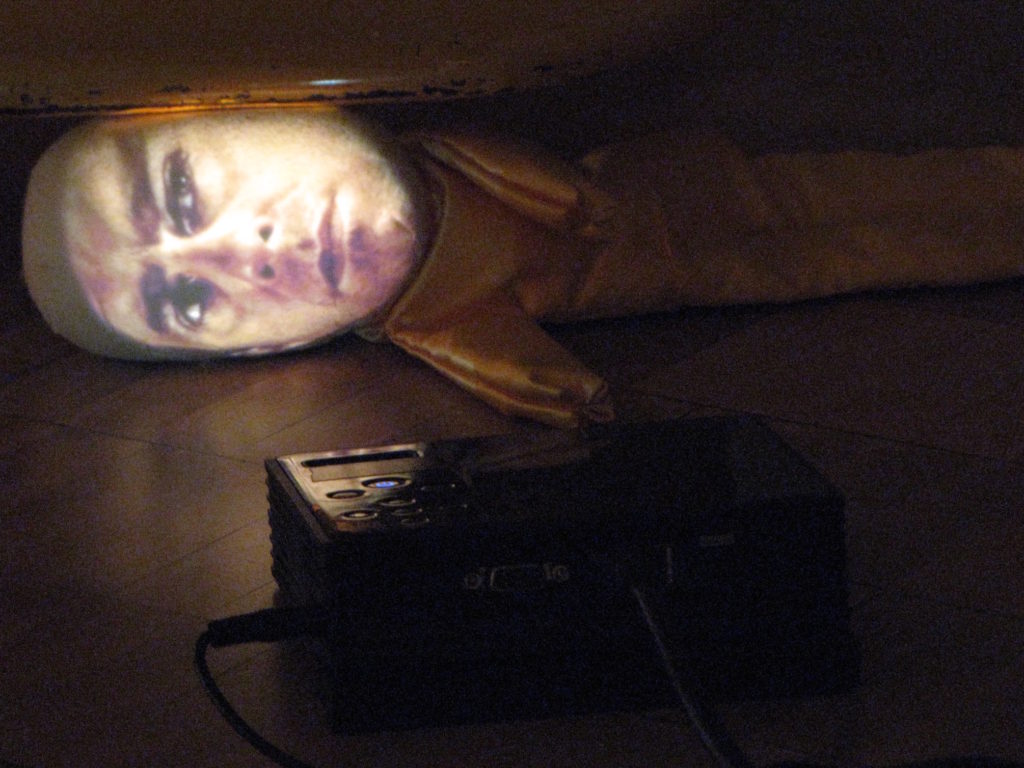

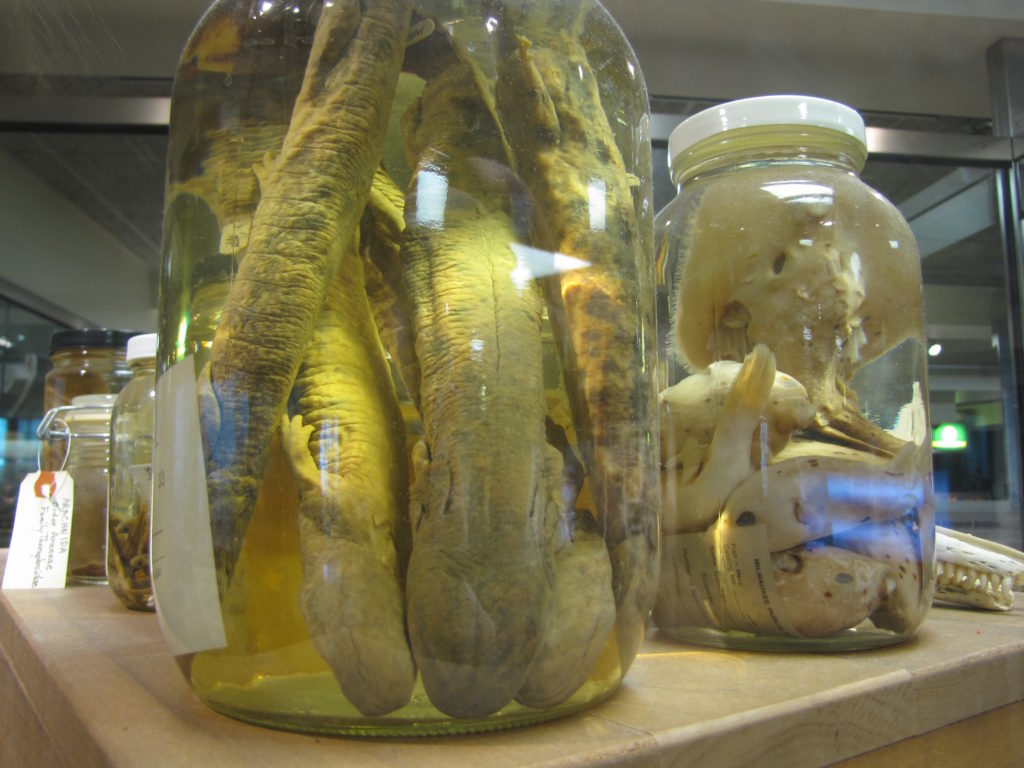
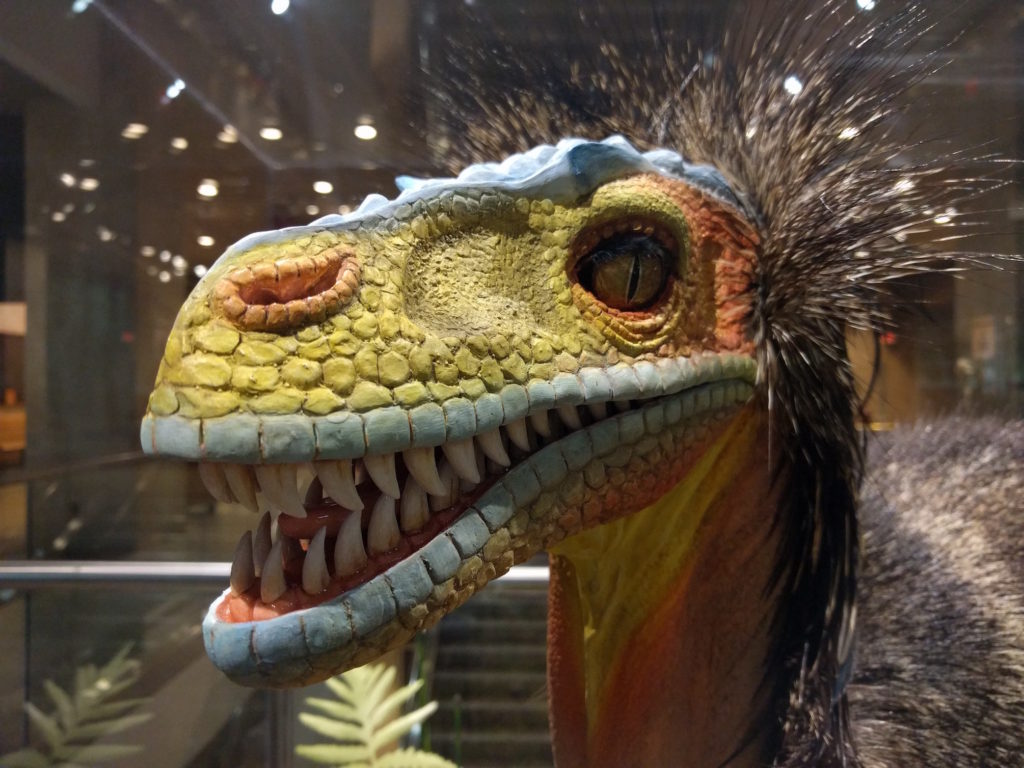

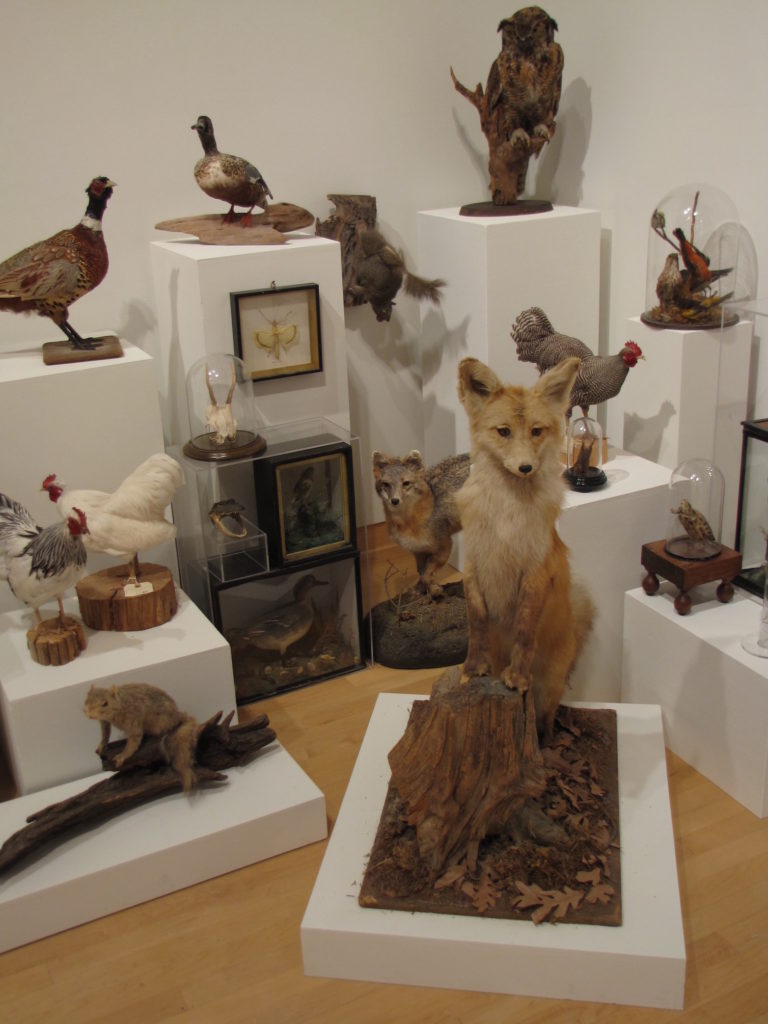
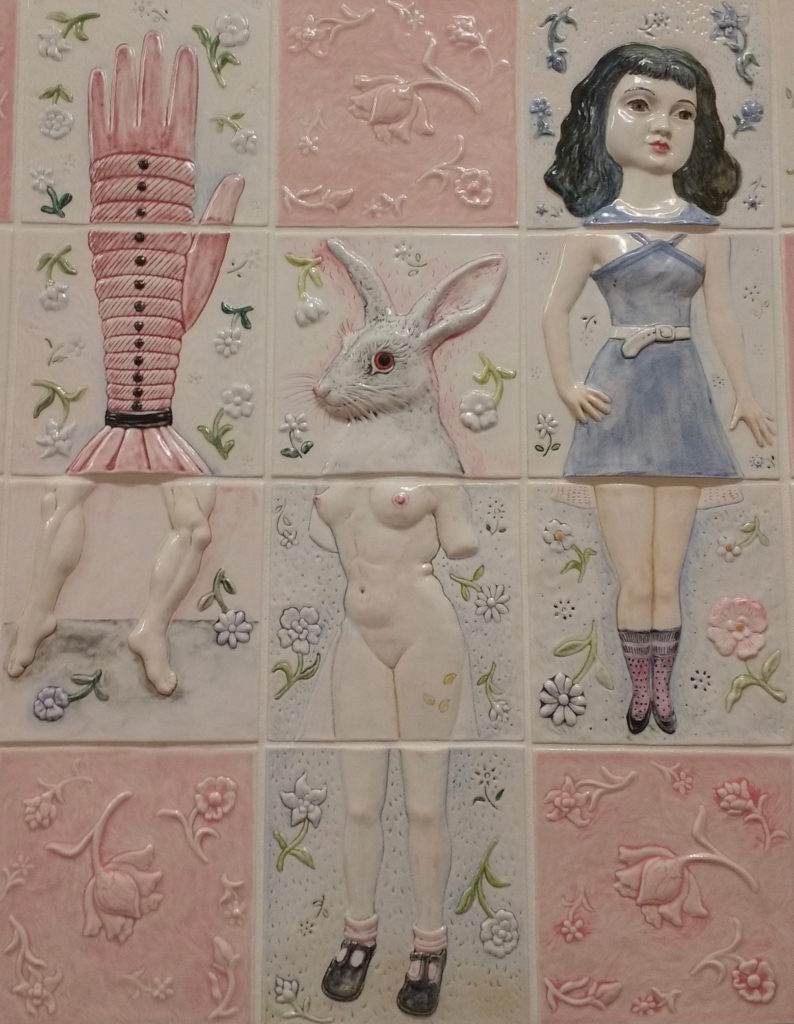
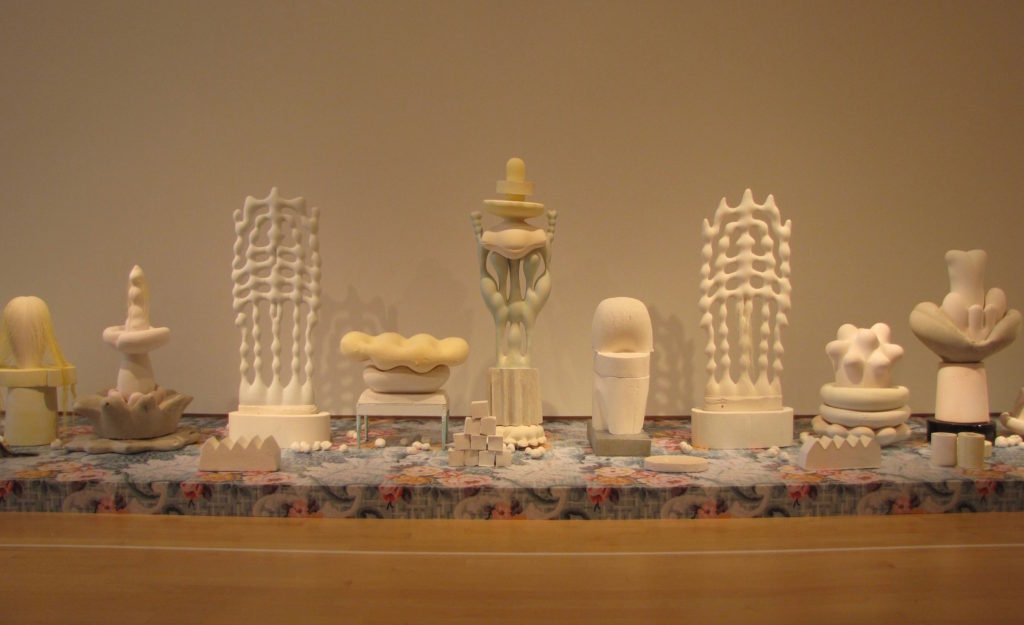

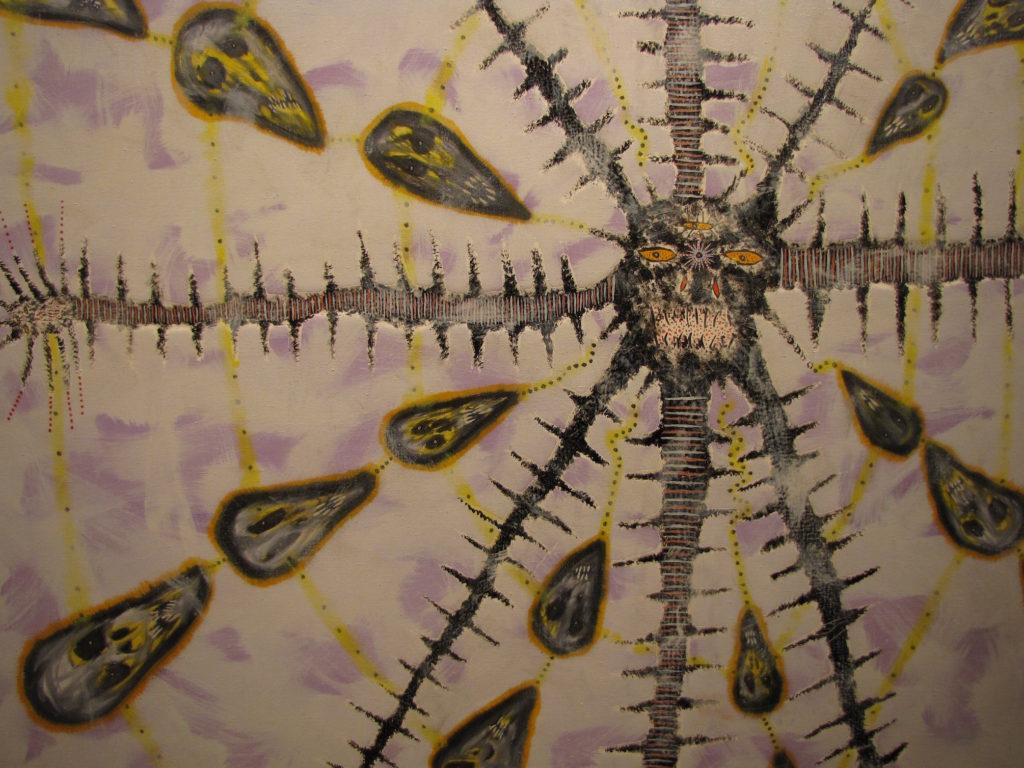
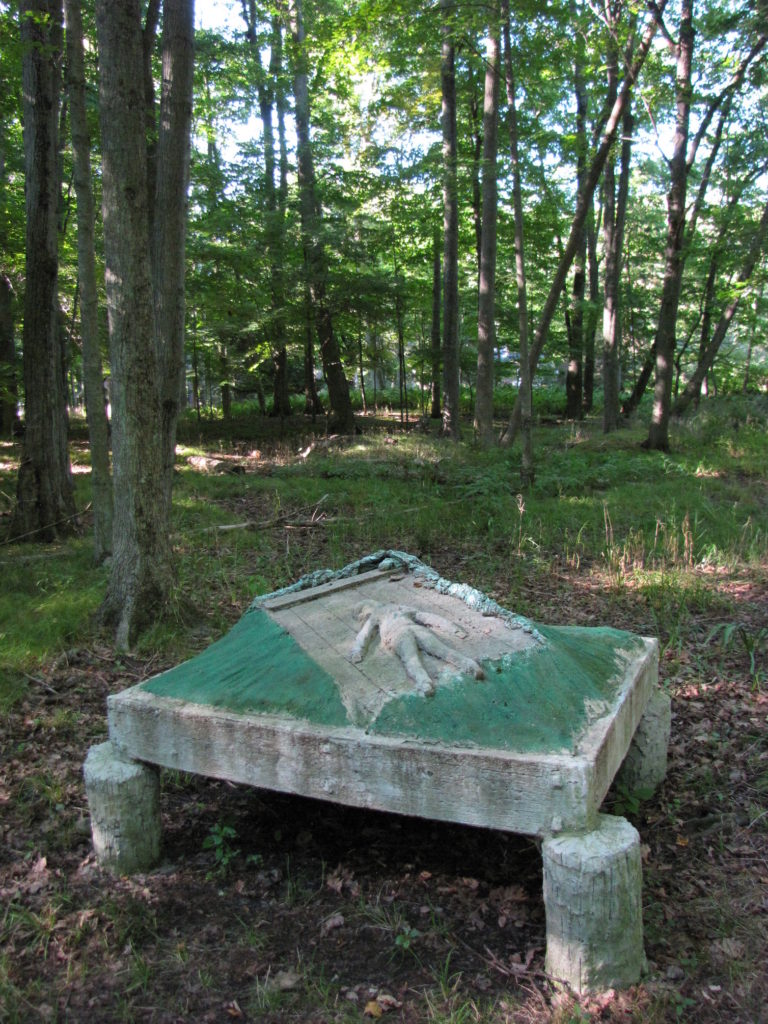




vegetarian in a leather jacket
art, travel, culture


























From Edzná we began our trek to Hochob, the first Chenes-style site of our trip.
In contrast to the well-trod, well-maintained routes that had led us to every archaeological area up to this point, the way to Hochob was largely unmarked and required the use of narrow, rough, and unnamed roads. It would have been nearly impossible to find without a GPS, and was challenging even with one. So challenging, in fact, that we ended up using two different apps simultaneously (one on each phone), comparing and contrasting the maps they showed us as we inched our way towards our destination.

As should be expected given its small size, remote location, and frequent absence from guidebooks, Hochob is not the bustling tourist beacon of places like Chichén Iztá or even Dzibilchaltún. The handful of other visitors we encountered during our stay consisted entirely of a Mennonite family and a father with his young son, all of whom explored the site with the casualness of locals on family outings. They were pleasant co-adventurers, and their presence amongst the ruins, vultures, and stark, twisting vegetation lent an almost cozy feel to the otherwise spooky beauty of the site itself.

Unlike Edzná, whose residents had to create a massive platform to lift their ceremonial center above the surrounding valley, Hochob was built at the peak of a natural hill. Its population then expanded downward, creating terraced housing along the hillside (INAH). To reach the site now, visitors ascend a modern stairway composed of large, rounded steps that snake up the steep slope like a vertical conveyor belt.

As we neared the top, we were greeted by an enormous, gaping face rising out of the cleared space of the courtyard. Although not the only building in the ceremonial center, this structure, known as the Palace, is by far the best preserved and most dramatic of the entire site.

According to the plaque for the Palace (also referred to, less grandly, as Structure 1), the elaborate façade of the three-roomed building is a depiction of Itzamná, the Maya creator deity. Itzamná appears crouching and open-mouthed, with hook-like stones around the entrance forming the teeth of the god’s upper jaw and back molars. Narrow slabs protruding from the platform beneath the entrance represent the front teeth of its lower jaw.
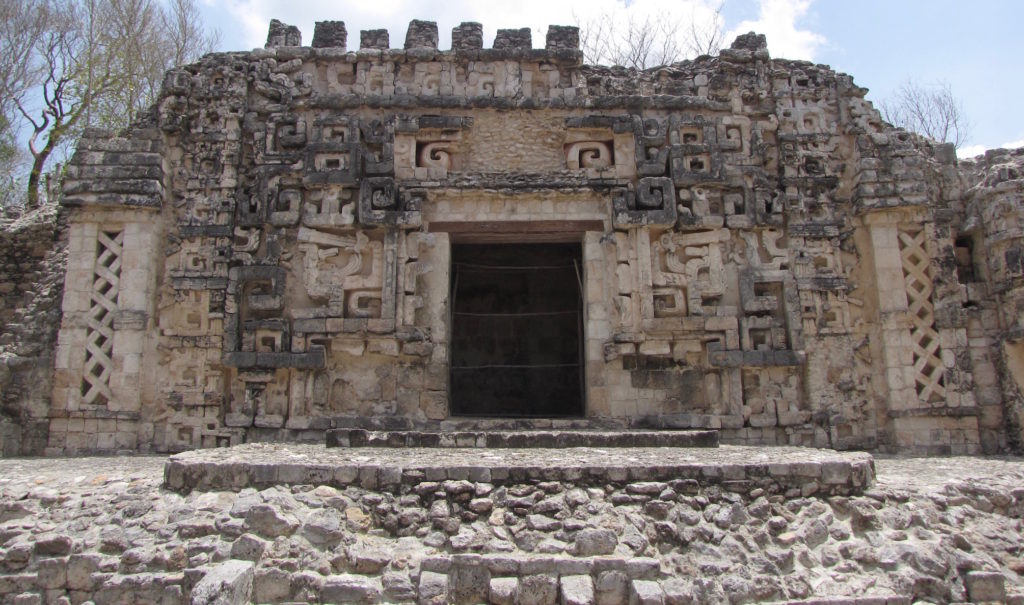
Remnants of both the stucco and red and black paint that once covered all of the center’s buildings still cling to the Palace’s exterior. Patches of red paint are especially visible in the crevices of Itzamná’s spiral eyes.

Use of an open-mouthed visage surrounding a central doorway and bordered by stacked, long-nosed masks is typical of Chenes architecture, a style that flourished from 600-800 CE in the region around Campeche and reached as far north as Uxmal, where another, similar face forms the focal point of the Pyramid of the Magician. At least two of the major buildings around Hochob’s small courtyard once possessed these masked façades, although the top half of the second structure is now missing.

After exploring the Palace and surrounding buildings, we followed a path extending from the side of the courtyard opposite the stairs. This trail was dotted with the chultuns that once stored water for Hochob’s inhabitants and made their life on the hill possible.
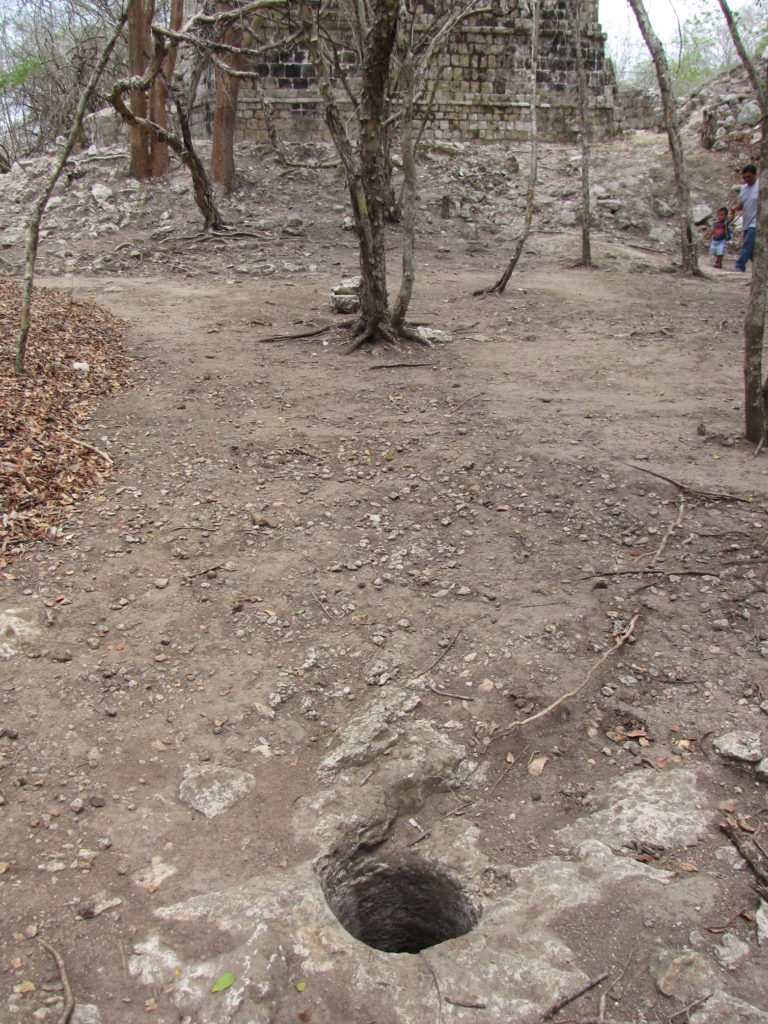
The simple, almost perfectly round holes had their own kind of stark (if slightly precarious) elegance, and we appreciated the opportunity to see them up close even as we tried to avoid accidentally stumbling into them.

It was not yet mid-afternoon by the time we completed our nature walk/chultun stroll and made our way back down the generous staircase to the parking lot. Given the early hour, we briefly considered trying to add Santa Rosa Xtampak, the former capital of the Chenes region, to the day’s itinerary. Unfortunately, although less than 60 miles separate the two sites, there is no route between them that would take less than two hours. Going would have put us in high risk of trying to find our way back to Campeche in the dark, a prospect neither Josh nor I considered with relish. And so, happy with what we had seen but now also disappointed with what we were not able to do, we began the long, slow return journey to our hotel and a relaxed evening back in Campeche.
Highly subjective personal rating: 8/10 [worth the trek]
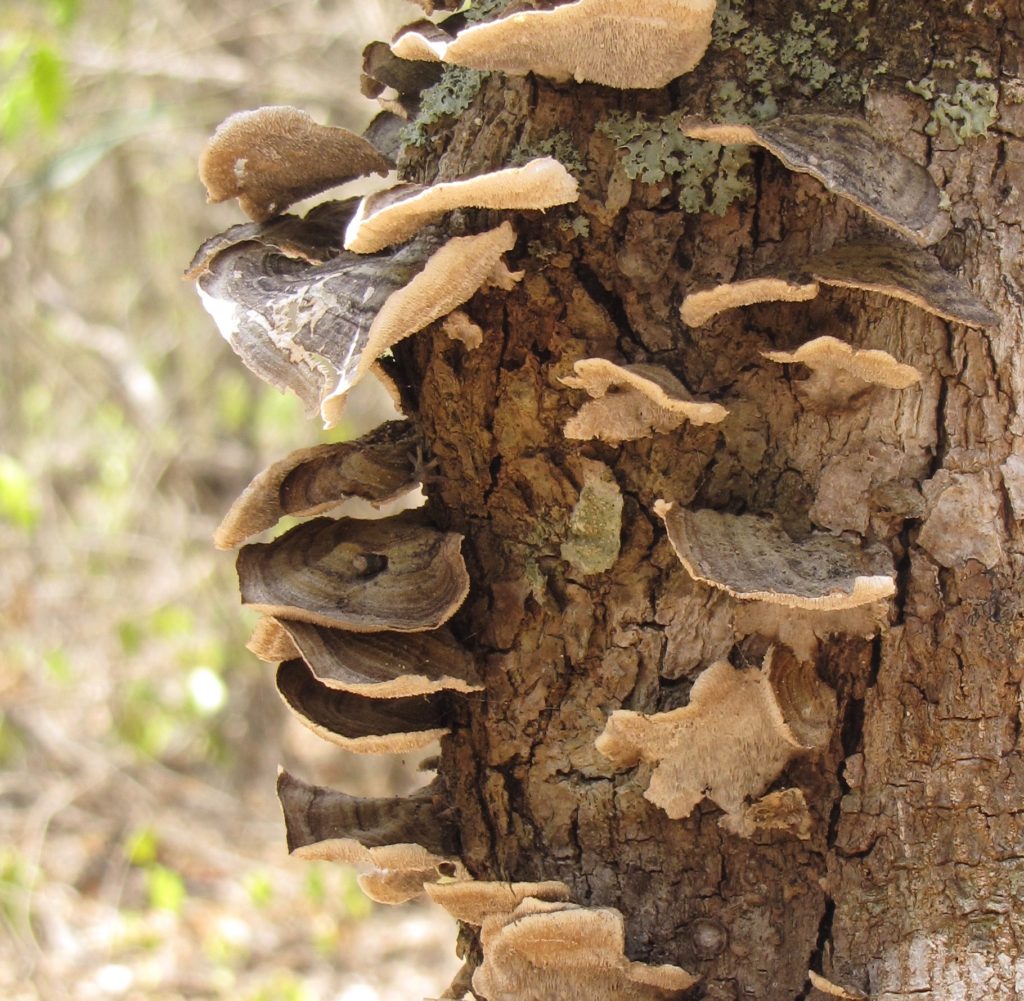
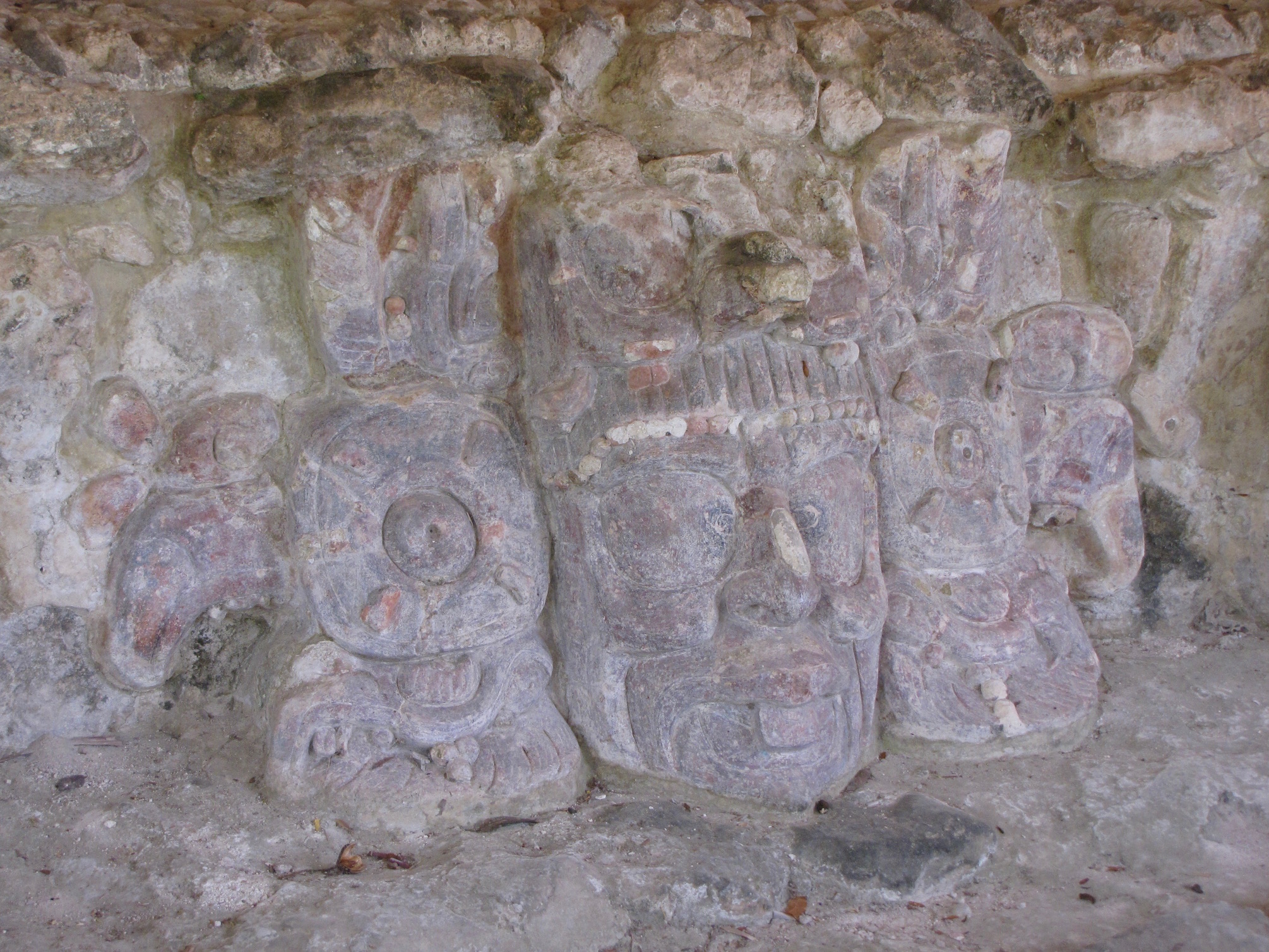
Edzná’s ruins lay about 50 km to the southeast of Campeche, with the way clearly marked by official traffic signs along (mostly) good roads. And yet, even with this relative ease of access from the region’s capital, we shared the impressive city with only a few other tourists.
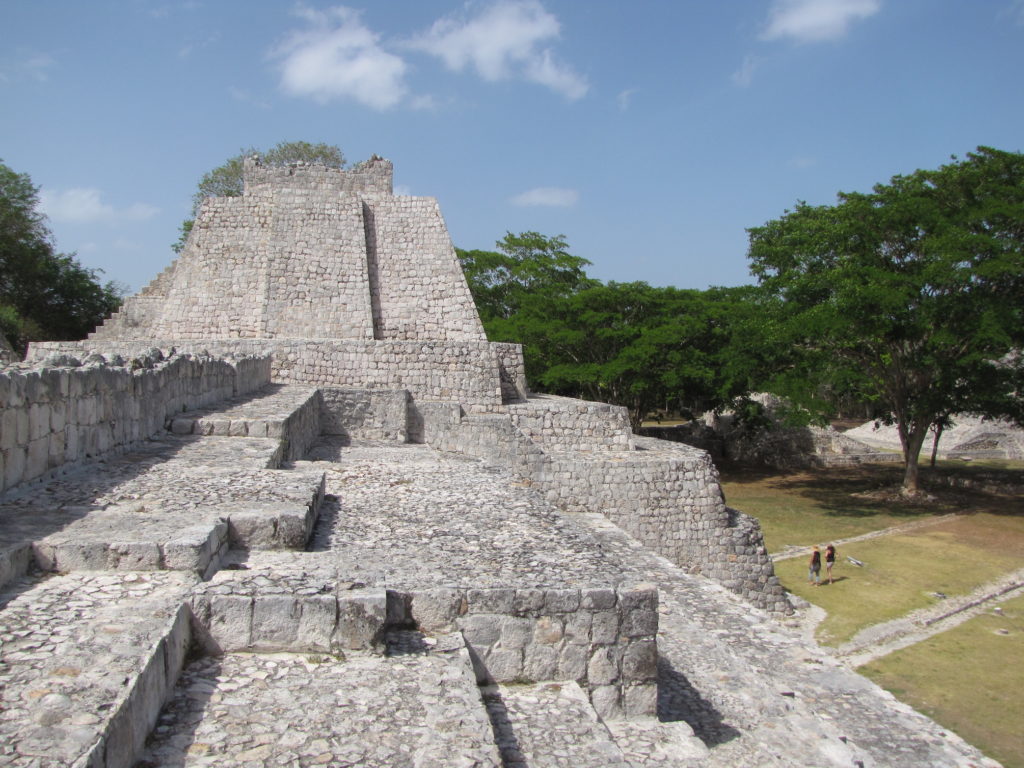
Most of the existing architecture here dates to 750-950 CE and is Puuc in style, making Edzná the southernmost city of the Puuc culture. However, the area was populated long before the Puuc’s arrival. According to Coe, the first inhabitants settled the valley around 400 BCE, when the Maya of the Petén region migrated north (343). Unlike the arid climate found elsewhere on the peninsula, the valley containing Edzná provided good soil and relatively easy access to water, although lack of drainage and the persistence of a long dry season initially limited its productivity. To counter this cycle of drowned and dried crops, the inhabitants eventually “built the most extensive canal and irrigation network in the Maya region” to drain excess water and save it for the dry months (343). This in turn allowed the small agricultural and trading town to grow into an important and heavily populated center.
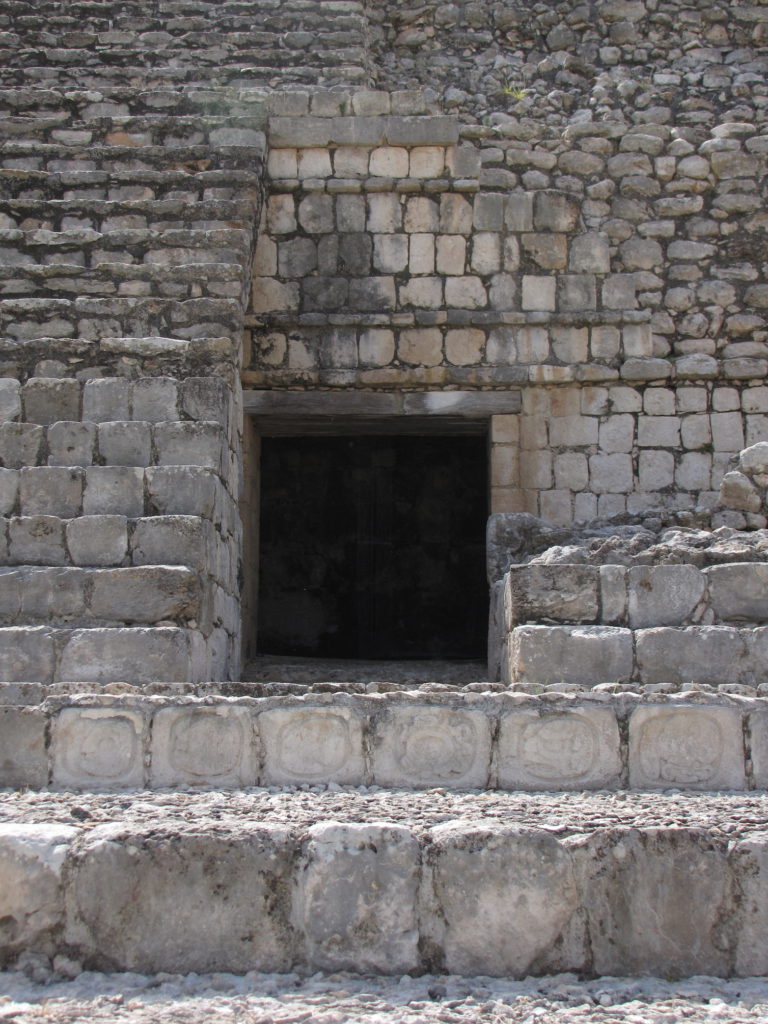
There are several groups of buildings within the extensive site, but our visit focused primarily on three highlights. The first of these was the collection of stelae located in a modern, thatched structure between the parking and main archaeological areas. Although they vary in size and condition, a number of the stelae here still display a high degree of detail and are accompanied by good explanatory text in Spanish.
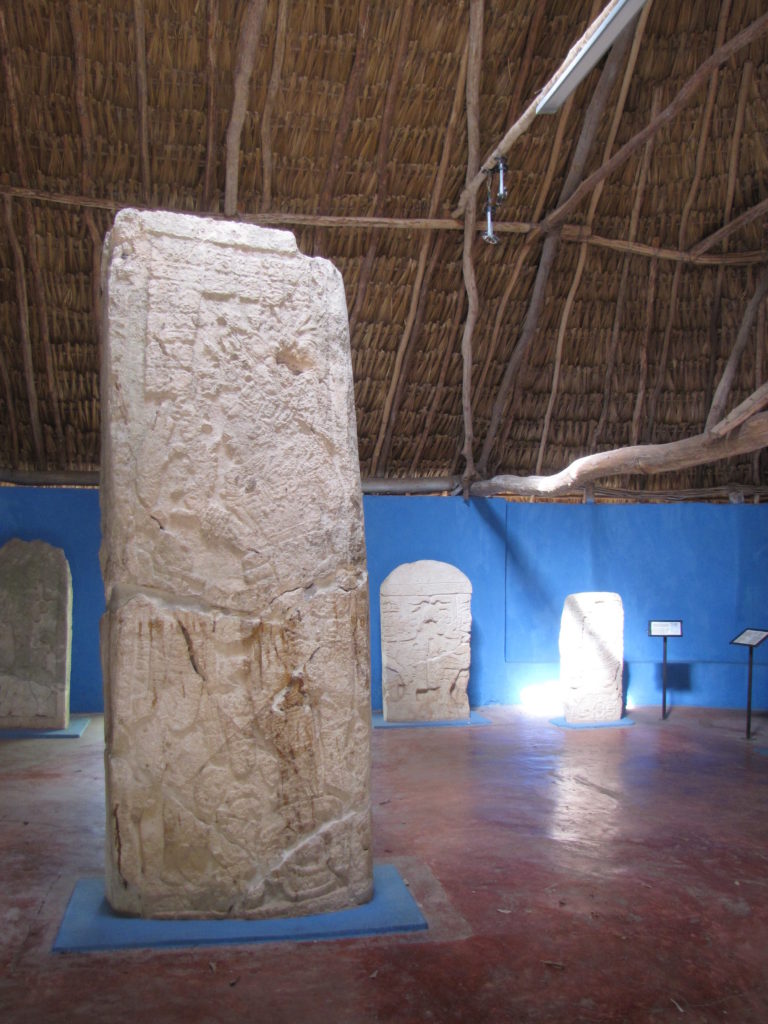
Two, Stelae 8 and 9, are particularly unusual in the way they present the human form. Whereas figures on stelae typically appear in profile and face inward, their actions illustrating an important historical moment (see Stela 2, above), those on Stelae 8 and 9 simply stand back-to-back. Their bodies fill the front of the stone, pushing their profiles to the corners so that their faces wrap around to the sides’ edges (see Stela 9, below). Despite the lack of obvious action, the inclusion of a date in the band of glyphs near the top of the stone suggests that these figures also represent a specific historical moment.
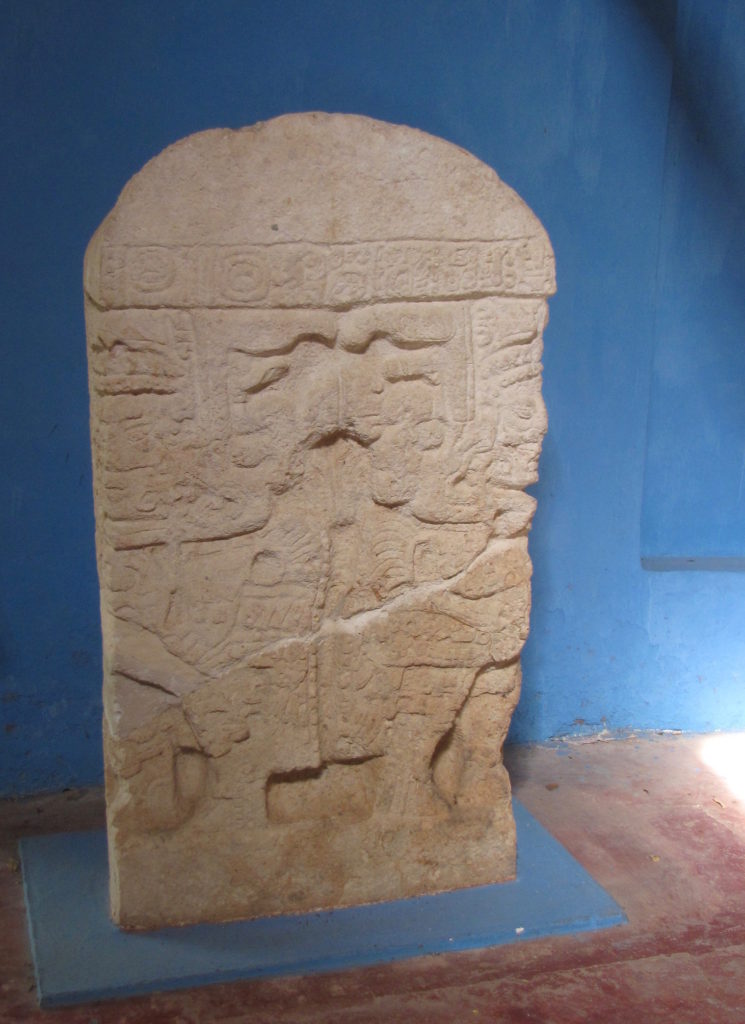
From the stelae pavilion, we entered the archaeological area and made a beeline south through the Main Plaza, past the Great Acropolis, to the small but exciting Temple of the Masks.
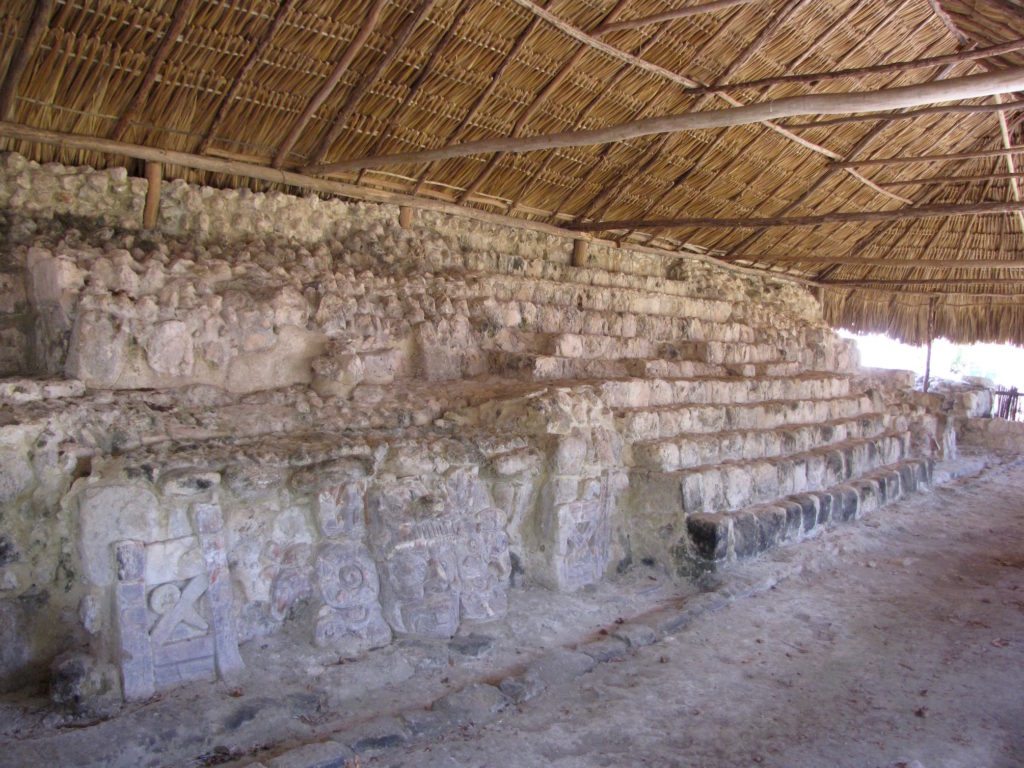
Another thatched roof covers and protects the pair of well-preserved painted stucco faces that grace the temple’s base, while a thin rope fence discourages visitors from getting within touching or climbing distance of the building. The wide-eyed masks, one on each side of the central staircase, are probably personifications of the rising and setting aspects of the sun, represented by a youth to the east (left) and an elderly male to the west (right). Both aspects possess large earspools and what appear to be jutting, upper teeth. Crossed eyes, a sign of beauty, are especially noticeable on the young, eastern face.
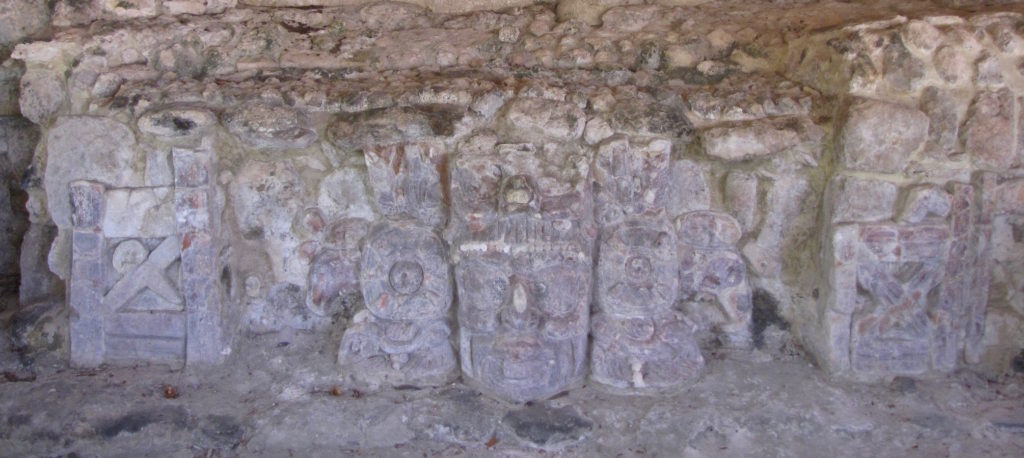
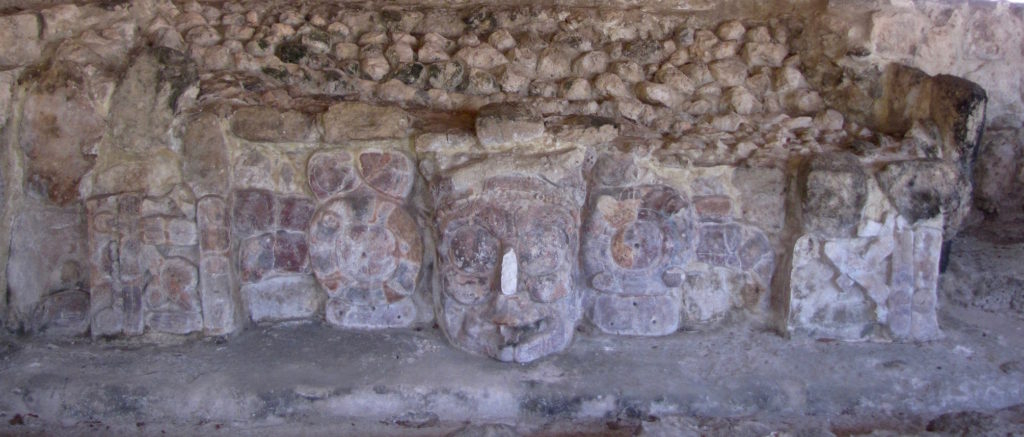
Doubling-back, we returned to the Main Plaza and climbed the steps up the massive stone-and-earth platform that supports Edzná’s Great Acropolis.

Upon reaching the summit, we were immediately struck by both the enormity of this entirely man-made square and the almost pristine geometry of its structures. However, our attention soon turned to a single focal point. Across the courtyard, directly opposite the staircase, loomed the Building of the Five Stories, a great pyramidal monument standing twice as high as its most substantial neighbors.
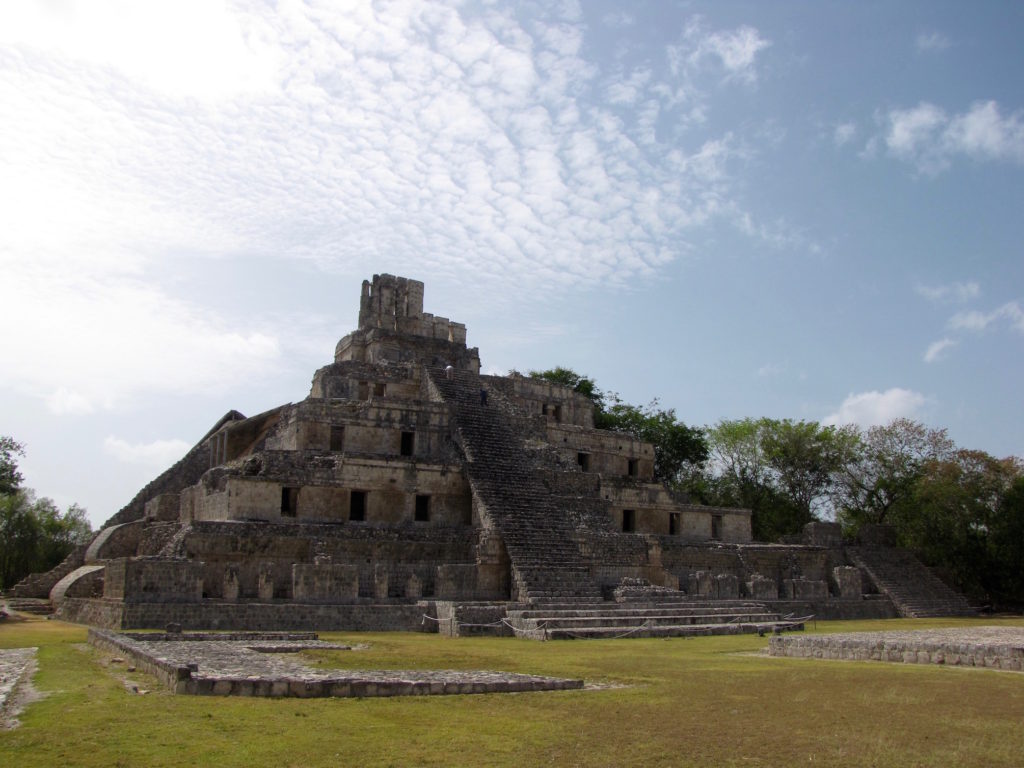
Although similar in size and shape to the grand pyramids of other sites, in function the Building of the Five Stories has more in common with the palaces of the central Puuc region. Whereas Maya pyramids are largely solid structures built to support temples on their uppermost stories and/or contain sealed, hidden burial chambers, the façade of the Building of the Five Stories is punctured at every level with open doorways leading to vaulted rooms. On May 1 and August 13, the setting sun fills these chambers with light (Coe 347). The structure thus probably served as both a residential building for the elite and as a ritual focal point for the city as a whole.
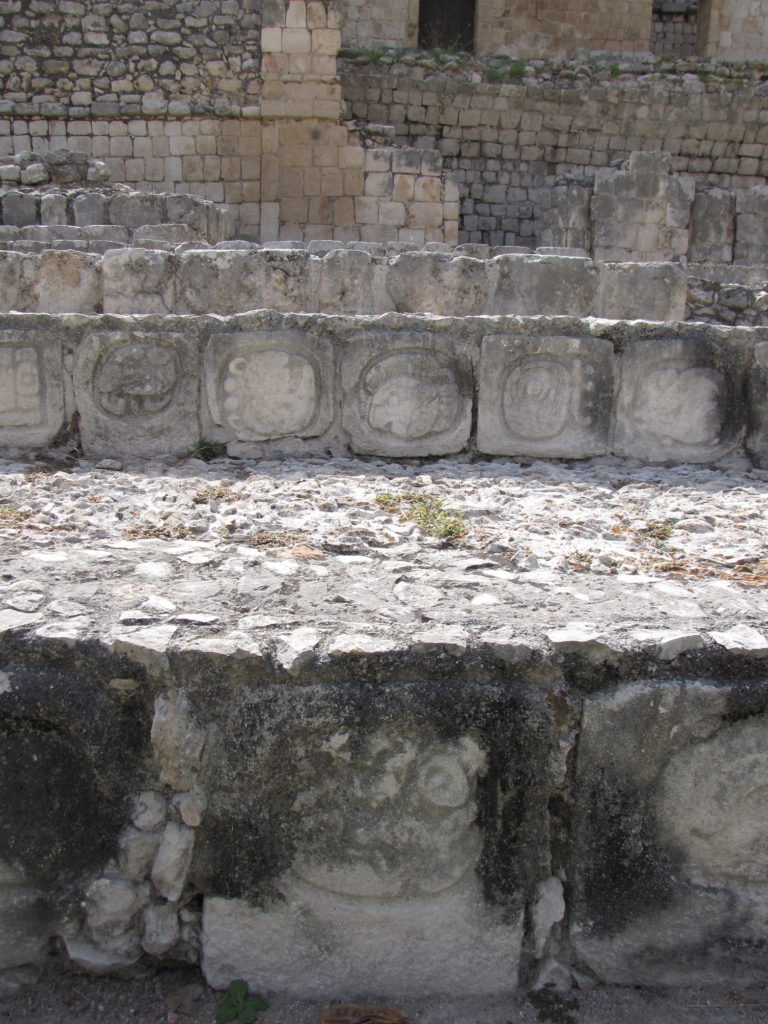
Visitors can no longer climb up the Building of the Five Stories, but they can still get quite close to its lower steps. Upon inspection, these stairs revealed rows of stones decorated with large glyphs. Known as the Hieroglyphic Staircase, the wide, deep steps leading from the ground to the first story possess some of clearest writing and low-relief sculpture we encountered in situ over the course of our trip and were, for us, Edzná’s final highlight.
Highly subjective personal rating: 8/10
